How to attract pollinating insects to our garden
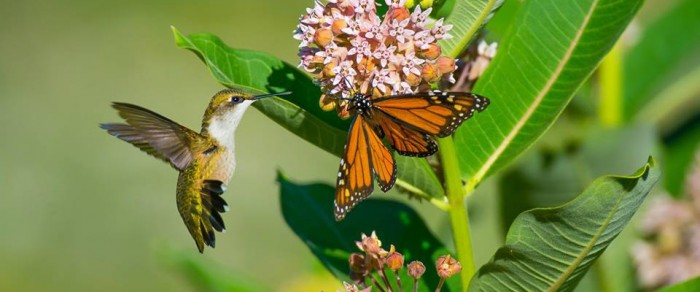
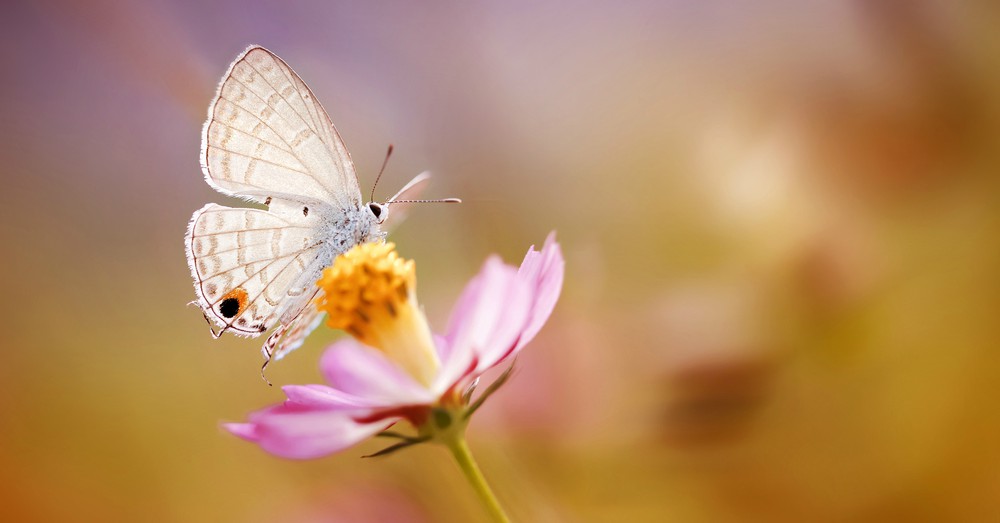
Although it may seem that their presence is uncomfortable, attracting pollinating insects to our garden is essential. It will not only be thanks to them that we will make our plants prosper. Also, without even realizing it, we will be doing our bit to improve the environment. And it is that, as small as they may seem to us, the future of nature is in their hands. Or, rather, on those legs that perch on the different pollens and that, thanks to this class of insects, fertilize other plants.
Currently, attracting pollinating insects and facilitating their work has become a worldwide maxim. Insecticides and other chemical products, in addition to the hand of man and its effect on climate change, are reducing a vital population for the balance of ecosystems. It depends on them that many orchard plants bear fruit, something essential for food. But not only that. It also depends on them that our world continues to be that green planet that we know, and that we must conserve. A compelling reason not only not to scare them away from our little piece of nature, but even to try to get them to live with us.
And, far from what it may seem, attracting pollinating insects is much simpler than it seems. It is only important to know more about them to put the rest on our side. Or, what is the same, a habitat where they can feel comfortable to come and even stay with us.
ATTRACT POLLINATING INSECTS KNOWING WHAT THEY ARE
Attracting pollinating insects forces you to get to know them a little better. Although we may believe that any insect has this ability, it is not. This group of insects are so because of an important aspect: having hairs on their legs. It is thanks to them that the pollen remains trapped, and accompanies the insect on its visits to other plants. A detail that greatly restricts the number of pollinating insects, so taking care of those that are included in that cataloging is essential.
But to attract pollinating insects it is not only necessary to identify them. It is also to have in our garden those plants that interest them. Something that will make it easier to see them fly around them, and look at them with different eyes. With those of knowing that we are helping the subsistence of the Planet.
Let’s see some of the most common pollinating insects in the gardens, terraces and even balconies of our country.
1. Bees and bumblebees, priority when it comes to attracting pollinating insects
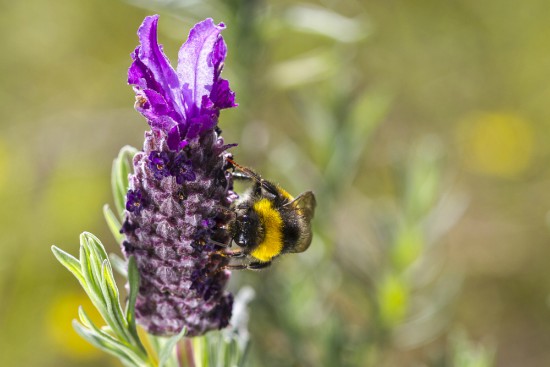
It is the focus of all eyes, and the fundamental objective of those who want to attract pollinating insects. Both bees and bumblebees are, par excellence, the great geniuses of nature in this field. It is true that their presence can disturb us, since we usually believe that they can attack us. However, if we let them feed on pollen and nectar with ease, they will not be aggressive with us. Extremely sensitive to pollution, the impact of the hand of man is such that bumblebees are in danger of extinction. The main culprits for this: agricultural chemicals, and wasp attacks.
If we want to attract pollinating insects such as bees and bumblebees, it is a simple task. It will suffice to include among our plants some such as saffron, rosemary or lavender. But not only that: bees have a special predilection for the flowers of fruit trees. That is why if we have almond trees, plum trees or any other fruit tree, it will not be unusual to see them flutter around.
2. Diurnal butterfly, another essential in pollination
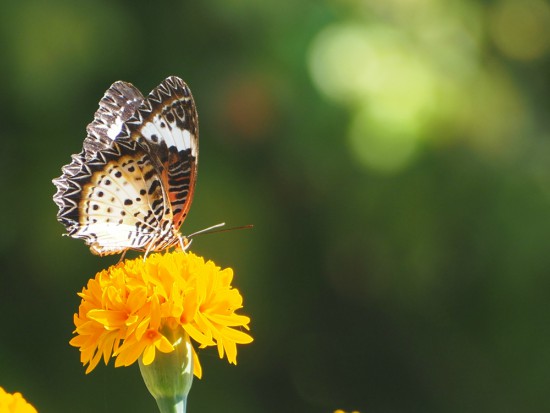
Along with bees, butterflies are the easiest pollinating insects to meet. Interestingly, they are highly sensitive to scents. Therefore, scented plants are their main targets. So calendula, lavender, daisies, roses or tagetes are some of the flowering plants that will allow us to see them in our garden. But be careful: if we are garden lovers, the presence of butterflies can be negative. And it is that, in addition to flowers, they also have a predilection for some crops.
How to achieve that balance between attracting pollinating insects and enjoying our crops? Allying ourselves with the friendly plants of the garden, and using them as a shield. If we plant them around our planting space, the butterflies will not enter it. It is simply playing with the cards that nature gives us!
3. Night moths, the great unknown
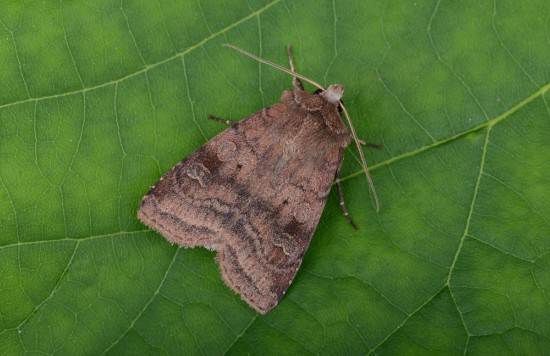
Although we usually give all the credit to daytime butterflies, the nocturnal ones also play a very important role. Although for many the presence of moths can be annoying, it will be less so knowing that they are large pollinating insects. Also endowed with an exquisite sense of smell, they are lost in night-scented plants such as jasmine or Don Diego.
4. Ladybugs
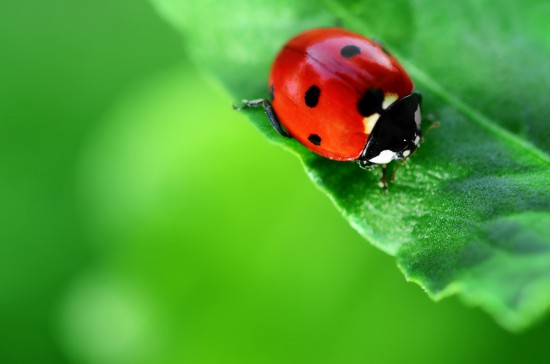
One of the most beloved and recognized insects at a popular level, and it is not in vain. The ladybug is not only one of the most important pollinating insects. It is also an incredible ally to eliminate garden pests in an ecological and sustainable way. Neither the aphid nor the mites nor the larvae of the so feared white fly are resistant to it.
To attract it, the ideal is to have geranium, calendula, daisy or chrysanthemum among our plants. And, if we have a garden, nothing like planting parsley and carrots.
5. Hoverflies, the «distant cousins» of wasps and bees
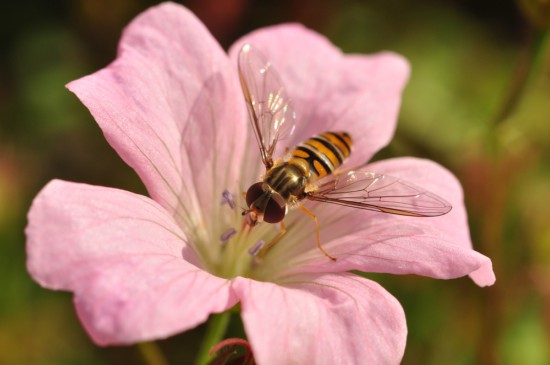
We could confuse them with wasps and bees, since they have a similar coloration. The main difference is their large eyes and small antennae. And, in addition to being excellent pollinators, they are perfect for eliminating pests such as aphids or whiteflies. Among the plants that catch their attention are lavender, chamomile, thyme or coriander.
6. Beetles, the pollinating insects of Prehistory
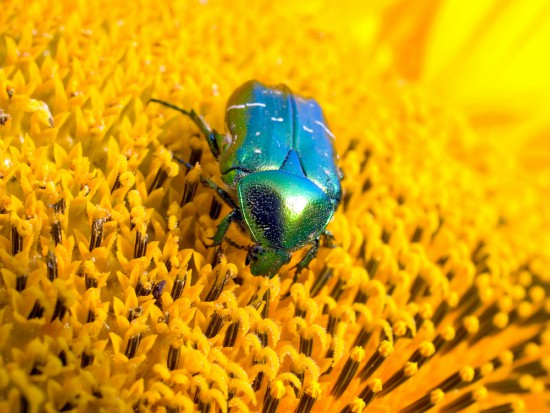
As it is! There are fossils that testify that, a whopping 150 million years ago, beetles already played a fundamental role in pollination. And, curiously, they are one of the few terrestrial insects that are part of this group. Continuing with the anecdotes, this genus of insects must have a memory. And we say this because he has a predilection for old flowers, including magnolia or water lily.
7. Sphinx hummingbird, the butterfly with the name of a bird
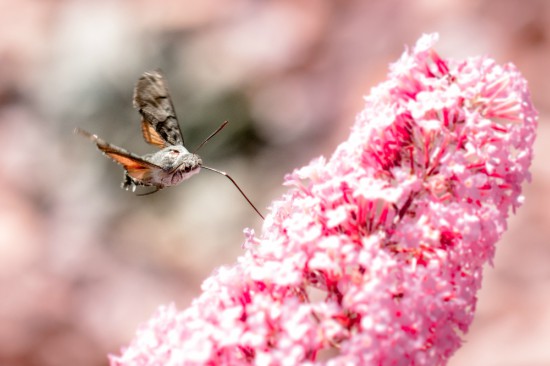
We make a special chapter for this unique butterfly. One that, thanks to its huge sharp tongue, looks like the bird that gives it its name. The hummingbird sphinx is a tireless pollinator. But not only that: it is an insect that loves plants loaded with a lot of nectar. That is why having tulips, daffodils, primroses or violets in our environment will be key to seeing their agitated flight while eating.
HOW TO ATTRACT POLLINATING INSECTS
Known a little more thoroughly along with their little plant quirks, it’s time to learn how to attract pollinating insects. Achieving it in conditions does not only happen by having the aforementioned plants or any of those that are attractive to these insects. It is also important to know the mechanisms that will allow us to create a sustainable ecosystem around us.
If we consider attracting firm pollinating insects, it is interesting to know some of them. Simple gestures that will allow us to have this fauna around us.
1. Variety of plant species
A key aspect to attract pollinating insects. And it is that the more varied the flowers are in terms of size, fragrance and color, the easier it will be to attract their attention. What’s more: far from attracting only one species, we will be able to expand the range of insects that will accompany us. A perfect way to diversify, appealing only to plants.
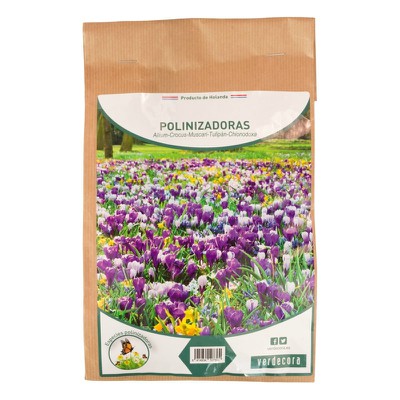
Plant selection is important. Sometimes, without knowing it, we can count on one that, because it has a certain perfume, repels them. Avoiding IT involves thoroughly researching the tastes of different insects, or relying on a selection of ideal plants to attract pollinating insects.
2. Have flowers throughout the year
Make no mistake: attracting pollinating insects doesn’t come courtesy of good weather. During the cold months, even if they go more unnoticed, they will also be in our garden. For that to happen, it is essential to have plants in bloom throughout the year. Thus, pollinating insects will be able to do their job even in winter.
3. Choose the planting location carefully
Another fundamental aspect to attract pollinating insects. By grouping plants by species, we improve the ability of these animals to pollinate. It is also important to bet on sun plant species. Pollinators prefer plants with a certain warmth.
4. Hotels for pollinating insects
Simulate nature, providing a place to shelter. That is the purpose of insect hotels. Small houses that recreate the homes of this auxiliary fauna, and that will allow us to attract pollinating insects.
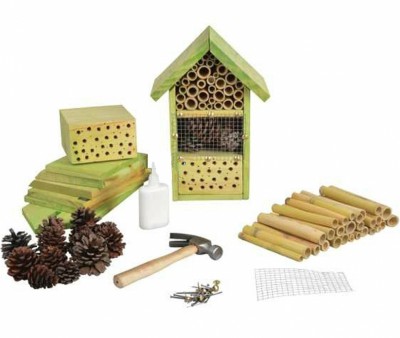
These habitats, created in natural materials, should be placed in sunny places and covered from any inclement weather. In this way, the insects will be able to live and reproduce in the heat and protected from the wind or rain.
5. Bet on organic fertilizers
As we said before, chemicals are the great enemies of this fauna. For this reason and if our idea is to attract pollinating insects, we will have to try to reduce the use of insecticides of this type. Be careful: this does not mean giving up on eradicating pests. Rather, it means choosing to eliminate pests naturally. Or, what is the same, using ecological products.
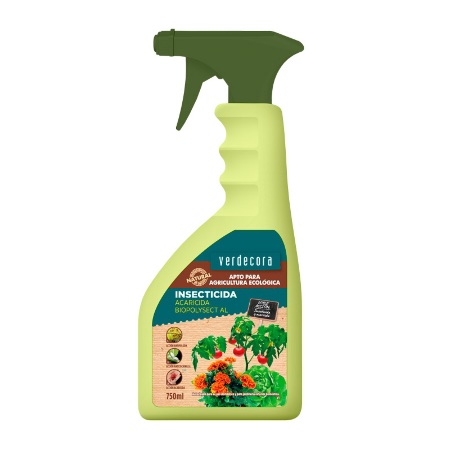
And no: because they are ecological they are less effective, or we will not find the product we need. Just take a look at our section on insecticides and fungicides to discover that we can still be respectful of nature by using them.
Join the sustainability with these simple tips to attract pollinating insects! And, when you contemplate them in your garden, remember: you are taking care, without doing much, of nature. The great debt of the human being.

![Photo of Plant Parts: [Root, Stem, Leaves, Flowers and Fruits]](https://www.complete-gardening.com/wp-content/uploads/2022/08/plant-parts-root-stem-leaves-flowers-and-fruits-390x220.jpg)
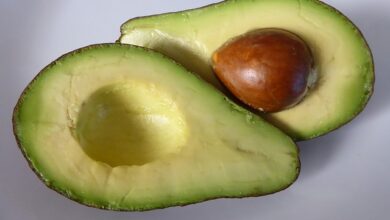
![Photo of Guide to Plant a Peach Tree: [Complete Step by Step]](https://www.complete-gardening.com/wp-content/uploads/2022/08/guide-to-plant-a-peach-tree-complete-step-by-step-390x220.png)
![Photo of Lobularia Maritima: [Cultivation, Care, Pests and Diseases]](https://www.complete-gardening.com/wp-content/uploads/2022/08/lobularia-maritima-cultivation-care-pests-and-diseases-390x220.jpg)